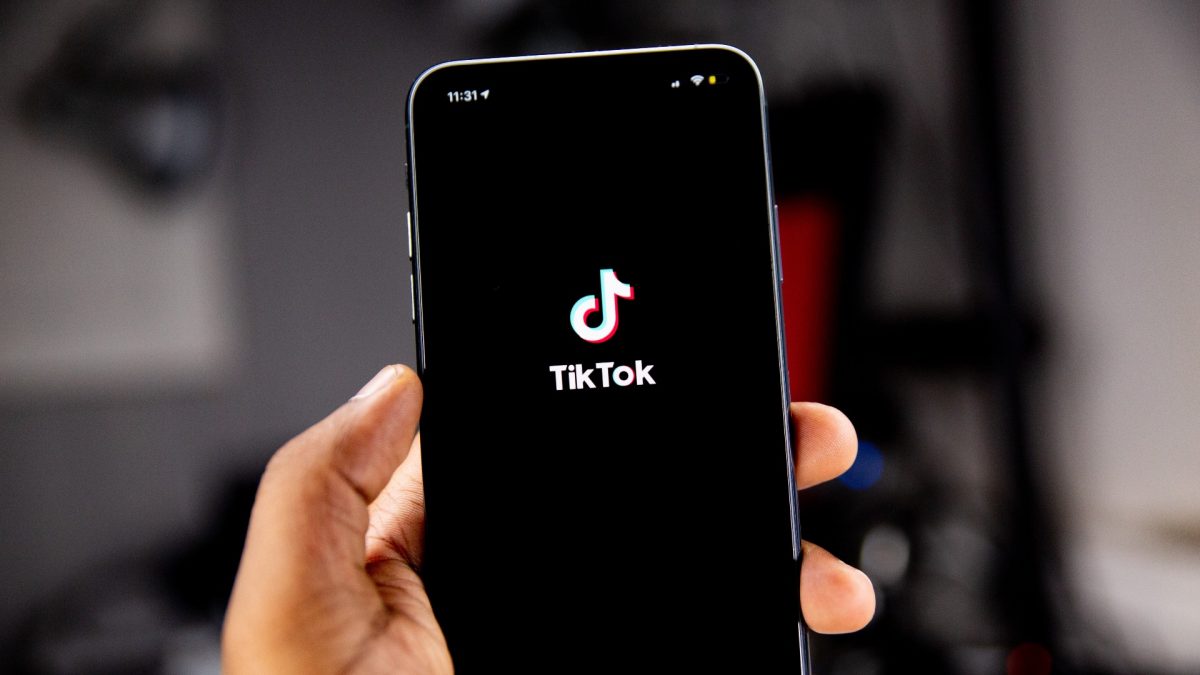If someone had said in March 2020 that TikTok would be one of the most popular apps a year later, I would have laughed and thought there is just no way. A bunch of friends kept telling me to download the app and I just remember thinking “why on earth would I do that? I am not 15-years-old”.
How wrong I was. TikTok blew up over lockdown last year, understandably, we were all stuck at home. Even I fell victim and downloaded the app a week into lockdown. A year and a half later it is still one of the most popular social media apps. As of July 2021, TikTok has 732 million active users worldwide.
Like most people, I downloaded TikTok mainly for the funny content and entertainment. However, the app has quickly become an informative space, with users making videos about COVID-19 guidelines, videos offering help to students on how to cope with online learning and ADHD symptoms in adults.
Law student Katie Neligan was recently diagnosed with ADHD through the university’s student services.
“For so long I just thought I was just a procrastinator that just thoughtlessly put everything off,” said Neligan. The problem escalated and became much more apparent during her second year of university where lectures were being done online. “At first, I thought I was struggling because I’ve never really been someone that could do work and concentrate at home.”

She explains that all of a sudden she kept seeing these TikToks on her For You page (FYP) about ADHD. “It was so weird because, out of nowhere, they kept coming up on my FYP and everything just kind of clicked. I started doing some research and thought well this explains a lot.”
ADHD (attention deficit hyperactivity disorder) is a condition that affects people’s behaviour. Symptoms tend to become noticeable at quite an early age and most cases are diagnosed between ages six to 12.
While most people with the disorder get diagnosed as a child or a teenager there are still cases where people have been diagnosed in their 40s.
In adults, symptoms are much more difficult to define. ADHD is a developmental disorder and doctors believe it cannot develop in adults without it appearing in childhood.
The difficulty in assessing symptoms of ADHD in adults is mainly due to a lack of research into adults with the disorder.
Some specialists have come up with a suggested list of the following symptoms that are possibly associated with ADHD:
- Carelessness and lack of attention to detail
- Continually starting new tasks before finishing old ones
- Poor organisational skills
- Inability to focus or priorities
- Continually losing or misplacing things
- Forgetfulness
- Restlessness and edginess
- Difficulty keeping quiet, and speaking out of turn
- Blurting out responses and often interrupting others
- Mood swings, irritability, and a quick temper
- Inability to deal with stress
- Extreme impatience
- Taking risks in activities, often with little or no regard for personal safety or the safety of others – for example, driving dangerously
By the age of 25, an estimated 15 per cent of people diagnosed with ADHD as children still have a full range of symptoms, and 65 per cent still have symptoms that interfere with their daily lives.
Potentially the issue here is a lack of diagnosis in children. If ADHD is a developmental disorder that must be present in childhood then why are so many people still diagnosed in adulthood?
The main problem with missing a diagnosis is that adult symptoms of ADHD tend to be far subtler than that of childhood. What specialists have noticed is that inattentiveness, hyperactivity, and impulsiveness affect adults differently from the way they affect children. An example of this is that hyperactivity tends to decrease in adults, while inattentiveness tends to worsen as the pressures of adult life increase.
Neligan goes on to explain: “I was always a daydreamer in school. I never paid attention, not on purpose but I just couldn’t help it. My mind would just wander.”
Diagnosis in childhood
A study conducted in Sweden looking at whether ADHD has become more common in children between 2004 and 2014 found that clinically diagnosed ADHD increased more than fivefold in that decade.
The study did not find any evidence to suggest an increase in ADHD like traits at the extreme end of the spectrum but did find small increases in normal and subthreshold variations of ADHD like traits.
This suggests that the increase in clinical diagnosis between 2004 and 2014 shows changes in treatment practices of ADHD, administrative changes in reporting diagnosis and greater awareness of the condition not just among the public but healthcare professionals also.
The biggest takeaway here is that diagnosis is crucial in children. Missing that in childhood or adolescence can have a massive impact on a person once they enter adulthood.
Social media apps such as TikTok have been a huge help in not only raising awareness but also helping people get that diagnosis even if it is in adulthood.
Neligan concludes: “I’m happy I managed to get diagnosed when I did. The first two years of university I struggled so much and I couldn’t understand why. Knowing that it’s because of something that was out of my control has massively helped me come to terms with it and it’s all because of TikTok. Who would have thought.”

